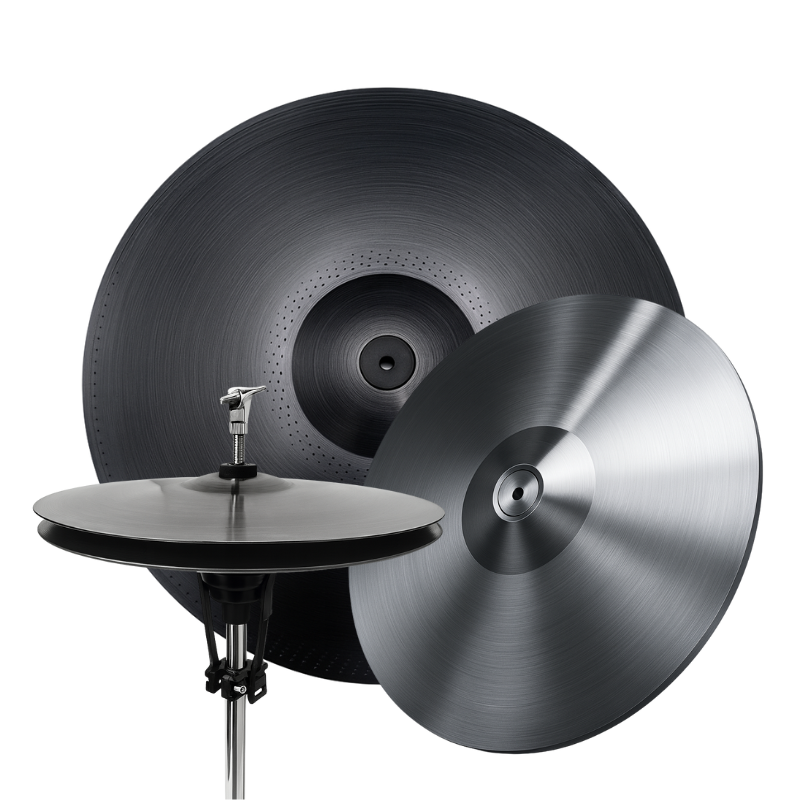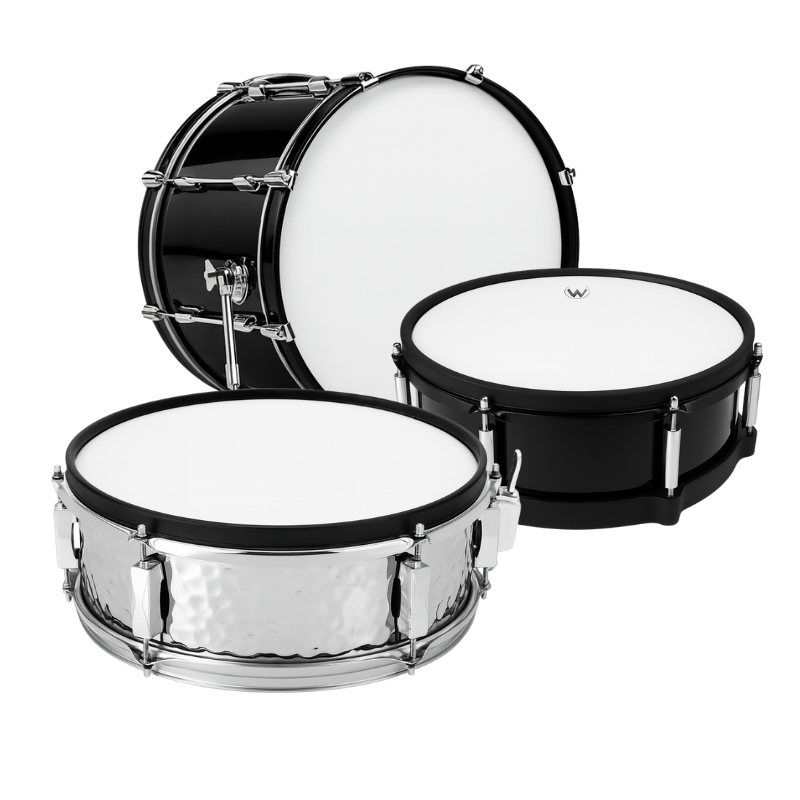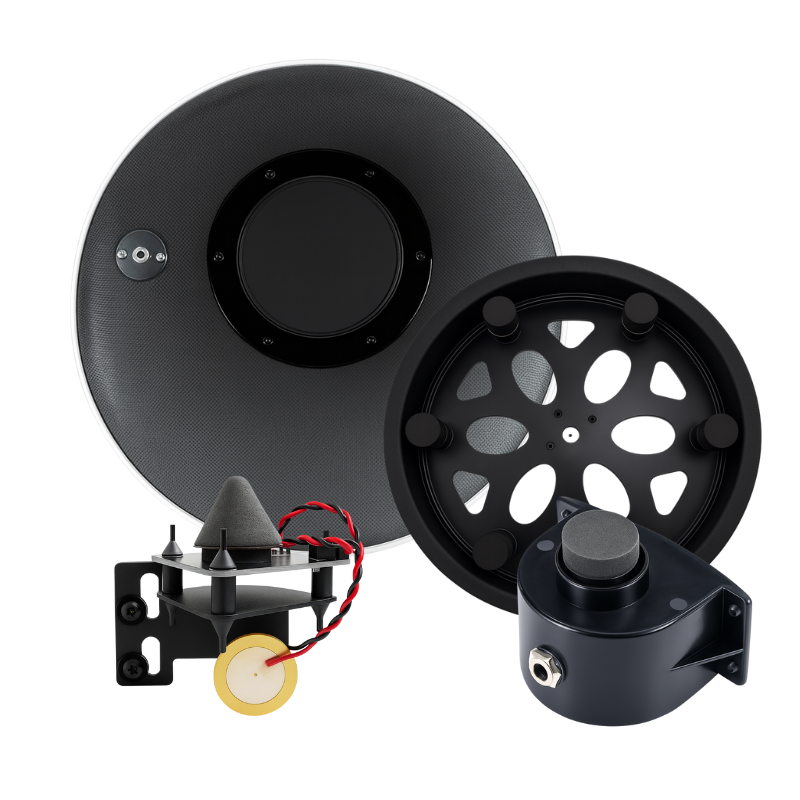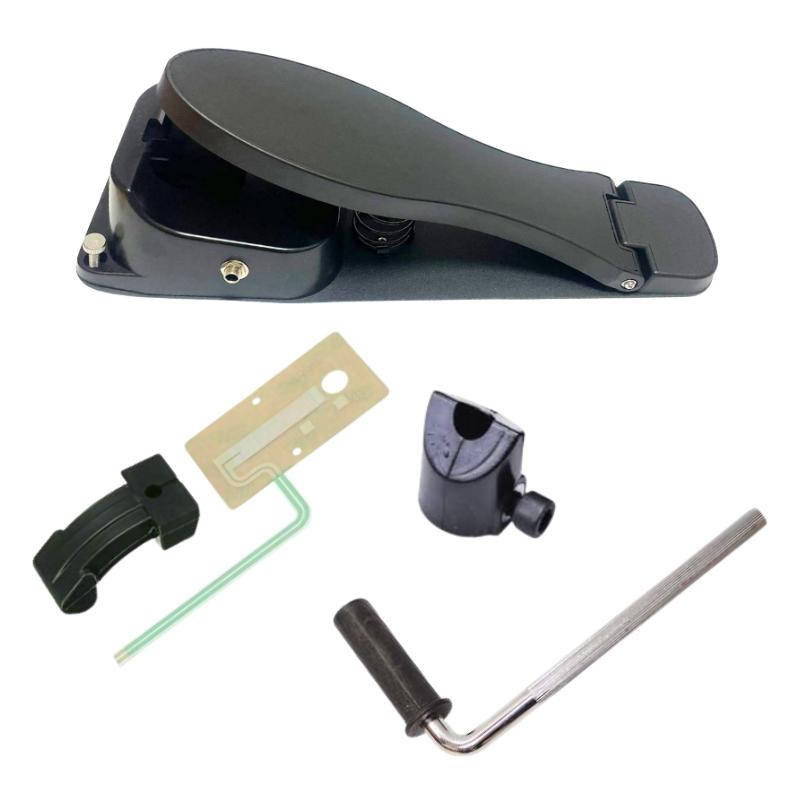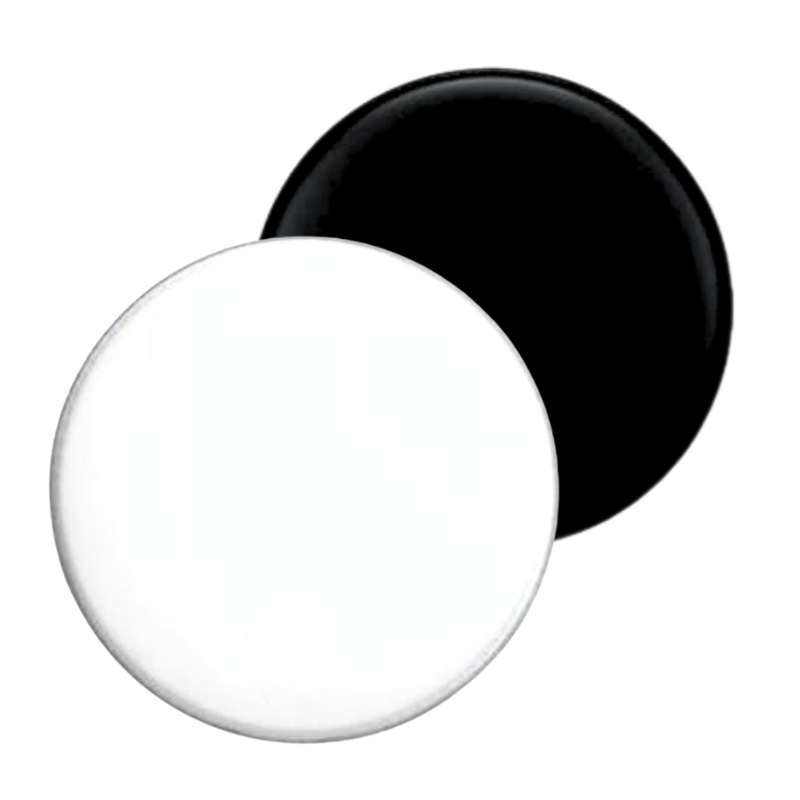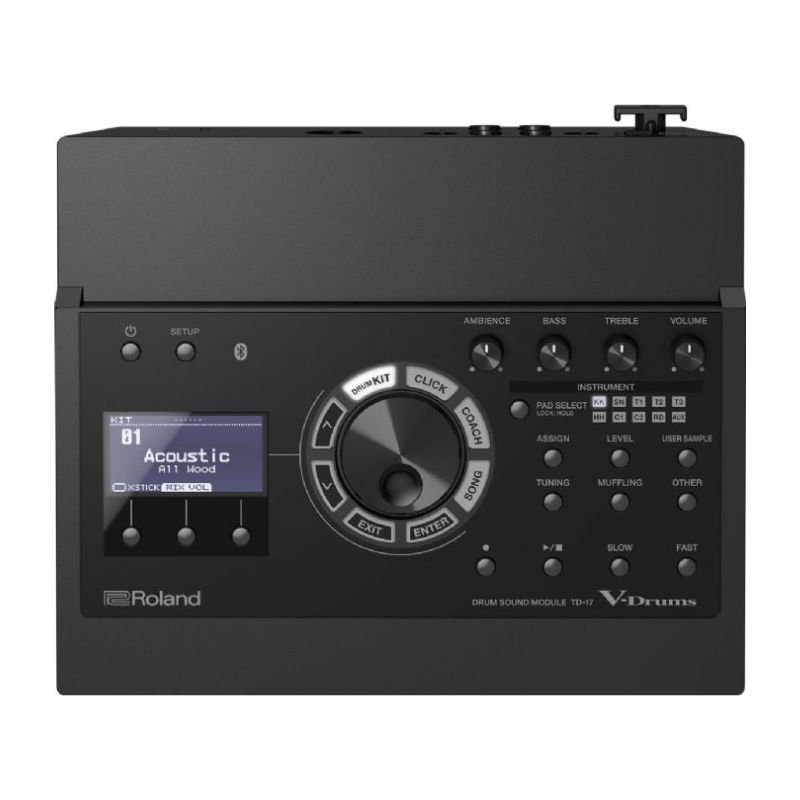
Using the TD-17 with a DAW
Share
Record Your Drums via USB (Audio + MIDI)
What Is a DAW?
A Digital Audio Workstation (DAW) is software for recording, editing, and producing music — examples include:
Ableton Live
Logic Pro X
Cubase
Reaper
FL Studio
Pro Tools
The Roland TD-17 can connect directly to your computer via USB and send both audio and MIDI signals into your DAW — no extra interface required.
What You Can Do with the TD-17 in a DAW
Record your actual drum performance as audio
Send MIDI notes to trigger VST drum plugins (like Superior Drummer, Addictive Drums, EZDrummer, etc.)
Quantize or edit your playing after recording
Layer your playing with samples or loops
Record multi-track MIDI data for each pad
Step-by-Step: Setting Up the TD-17 with Your DAW
Step 1: Install the Roland USB Driver
Before anything else:
Visit Roland’s official website
Search for TD-17 Drivers
Download and install the driver for your operating system (Windows or macOS)
This allows your computer to recognize the TD-17 correctly as an audio + MIDI device.
Step 2: Connect the TD-17 to Your Computer
Use a standard USB Type B to Type A cable
Connect from the USB Computer port on the back of the module to your computer
Turn on the TD-17 after connecting
Step 3: Configure DAW Settings
In your DAW’s audio and MIDI settings:
Set TD-17 as:
MIDI input device
Audio input device (if recording module sounds)
Set sample rate to 44.1kHz (TD-17 native rate)
Working with Audio
Option 1: Record TD-17 Audio (Module Sounds)
Create an audio track in your DAW
Set its input to “TD-17”
Arm the track and press record — you’ll get your drum module’s sounds (exactly as you hear them)
Note: The TD-17 sends audio in stereo via USB — not separate tracks for each pad
Working with MIDI
Option 2: Record MIDI to Trigger VST Drums
Create a MIDI (Instrument) track
Set input to “TD-17 MIDI In”
Set output to your drum VST plugin (e.g. Addictive Drums)
Record your performance
You can now edit, quantize, or change sounds after recording
TD-17 uses standard GM (General MIDI) mapping, but you can remap inside most VSTs if needed.
Bonus: Monitoring While Playing
To hear your drum VST without delay (latency):
Use low-latency audio driver (like ASIO on Windows or Core Audio on Mac)
Set buffer size to 64–128 samples
If needed, monitor using the TD-17 headphone jack while sending MIDI only to your DAW
Summary
| Feature | Audio | MIDI |
|---|---|---|
| Records module sounds | ✅ | — |
| Triggers drum plugins | — | ✅ |
| Editable after recording | ❌ | ✅ |
| Needs VST plugin | No | Yes |


